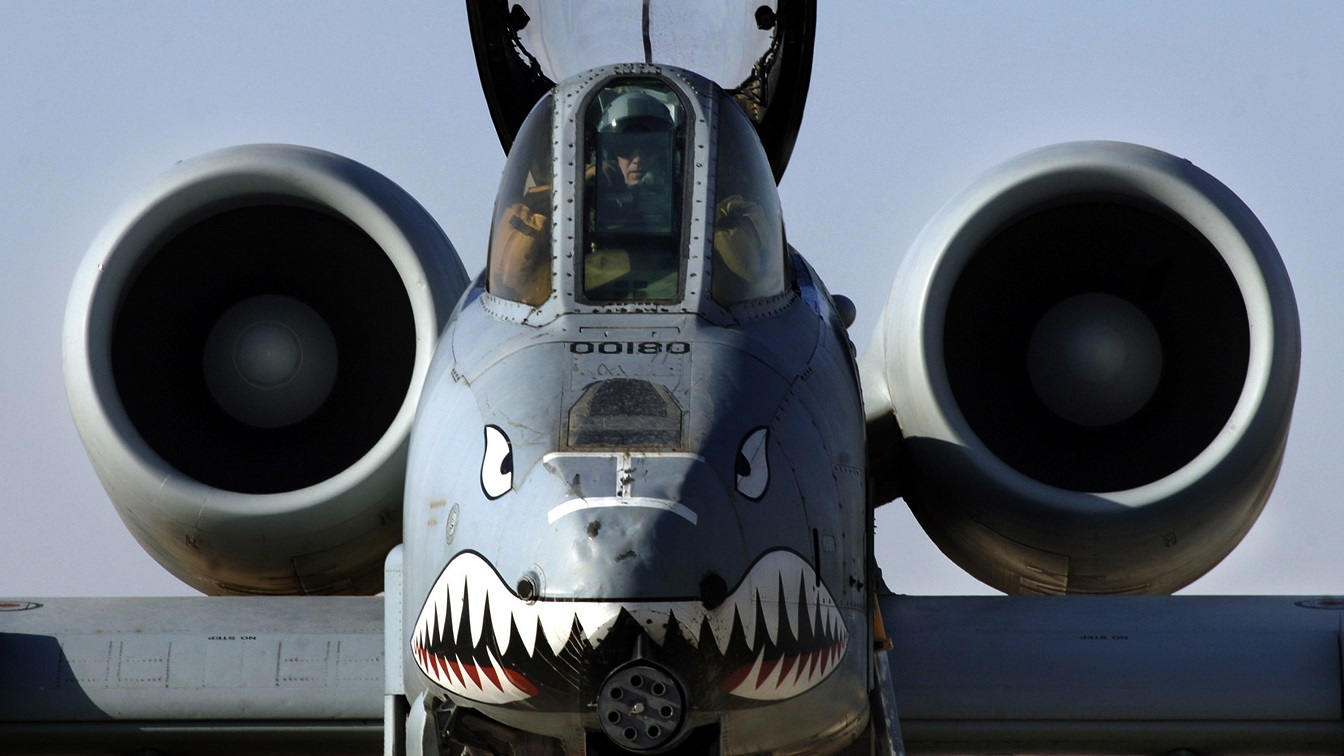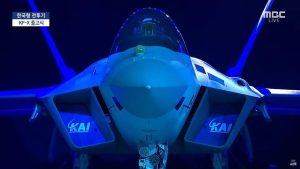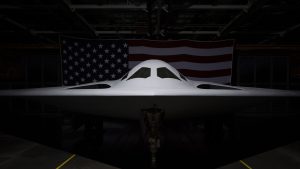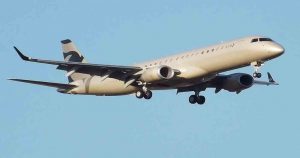The Avenger cannon, which has a maximum rate of fire of 3,900 rounds per minute, is the most infamous and well-known feature of the A-10.
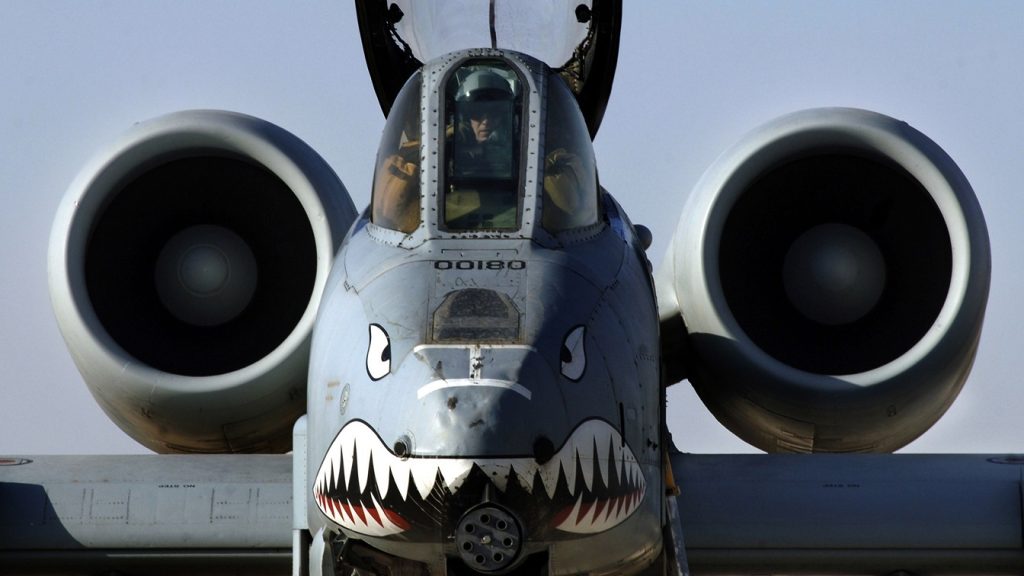
Commonly called a “flying tank,” the Fairchild A-10 Thunderbolt II was designed for close air support and to destroy enemy armored vehicles. Pilots refer to it as the “Warthog.” It uses a special 30 mm (1.18 inch) GAU-8/A Avenger cannon.
It was created to maintain a highly accurate weapons delivery platform while providing exceptional mobility at low airspeeds and altitudes. The aircraft can operate under 1,000-foot ceilings (303.3 meters) with 1.5 miles (2.4 kilometers) of visibility, land harshly, and linger close to conflict locations for extended periods. Operations in and out of places close to the front lines are made possible by the Warthog’s broad combat radius and quick takeoff and landing capabilities. Moreover, A-10C pilots can fly missions in darkness by wearing night vision goggles.
In March 1976, the first A-10s were shipped to Davis-Monthan Air Force Base (AFB) in Arizona. The aircraft was first used during Operation Urgent Fury, the American invasion of Grenada in 1983. During that invasion, the aircraft did not fire weapons but provided air protection for the US Marine Corps.
The aircraft didn’t participate in combat until the 1991 Gulf War when A-10s successfully downed two Iraqi helicopters with the GAU-8 and flew multiple missions against Iraqi Republican Guard units. Surface-to-air missiles brought down several A-10s, but just a handful of them was damaged by anti-aircraft artillery fire and continued to fly. The Warthog did so well during the fight that the Air Force decided against replacing the A-10s with an F-16 Fighting Falcon close air support variant.
The A-10’s design considered the need for anti-armor firepower and battlefield survival. Because of this, the Warthog can sustain damage that would cause other aircraft to crash, and it can keep flying even if one of the twin-finned tail’s halves is blasted off. All left and right tail sections were created and engineered to be interchangeable to help with maintenance.
The vertical fins and wings block the exhaust from heat-seeking missiles, while the twin engines are positioned in widely spaced pods above the rear fuselage to reduce the impact of ground fire.
Several elements were added to the aircraft to increase survivability, either by their resistance to battle damage or their redundancy, including a titanium armored “bathtub” for the pilot and cannon ammo. Since it was anticipated that would need the Thunderbolt II to fly a significant number of sorties in rapid succession from advanced operating positions during a conflict, the A-10’s designers also strongly emphasized ease of maintenance.
In its original configuration, the A-10 was fitted with self-protection gear like jamming pods, a chaff and flare dispenser, and avionics like a Pave Penny laser designator pod on a pylon to the right of the forward fuselage.
The Avenger cannon, which has a maximum rate of fire of 3,900 rounds per minute, is the most infamous and well-known feature of the A-10. The 30 mm shell has twice the range, half the time to target, and three times the mass of projectiles fired by cannons deployed on comparable close air support aircraft. The GAU-8/A and M61 Vulcan cannons have roughly the same muzzle velocity, but the Avenger has better ballistics since it fires larger rounds.
Because the recoil pressures of the gun may cause the entire aircraft to veer off course when it fires, the cannon is located lateral off-center, somewhat to the port side of the fuselage centerline. With this configuration, the recoil forces are precisely centered, and the A-10’s pitch or yaw is kept constant when firing the Avenger. Due to the aircraft’s unusual configuration, the front landing gear had to be situated somewhat off-center on the starboard side of the nose.
The US Air Force requested proposals (RFPs) for a 30mm rapid-fire gun that could deploy with the A-X Close Air Support aircraft in the early 1970s, which led to the creation of the weapon. GAU-8 is the name of a prototype created by General Electric. The government contract required the creation of four different types of ammunition for the cannon, including target practice, semi-armor piercing high explosives, armor-piercing incendiaries, and high explosive incendiaries.
Although the GAU-8/A is the weapon most commonly associated with the A-10, the AGM-65 Maverick air-to-surface missile with TV or laser guidance was originally meant to be the aircraft’s main weapon.
The Air Force declared in March 2022 that it had conducted a test of an A-10C Thunderbolt II carrying GBU-39 Small-Diameter Bombs close to Eglin Air Force Base (AFB), Florida. One of the significant improvements announced in 2019 as part of the A-10 Common Fleet Initiative is the integration of the GBU-39 on the A-10.


